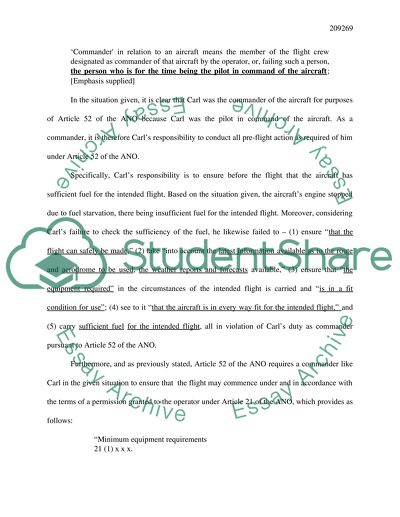Cite this document
(“Aviation Law Case Study Example | Topics and Well Written Essays - 2500 words”, n.d.)
Retrieved from https://studentshare.org/law/1532648-aviation-law-case-study
Retrieved from https://studentshare.org/law/1532648-aviation-law-case-study
(Aviation Law Case Study Example | Topics and Well Written Essays - 2500 Words)
https://studentshare.org/law/1532648-aviation-law-case-study.
https://studentshare.org/law/1532648-aviation-law-case-study.
“Aviation Law Case Study Example | Topics and Well Written Essays - 2500 Words”, n.d. https://studentshare.org/law/1532648-aviation-law-case-study.


